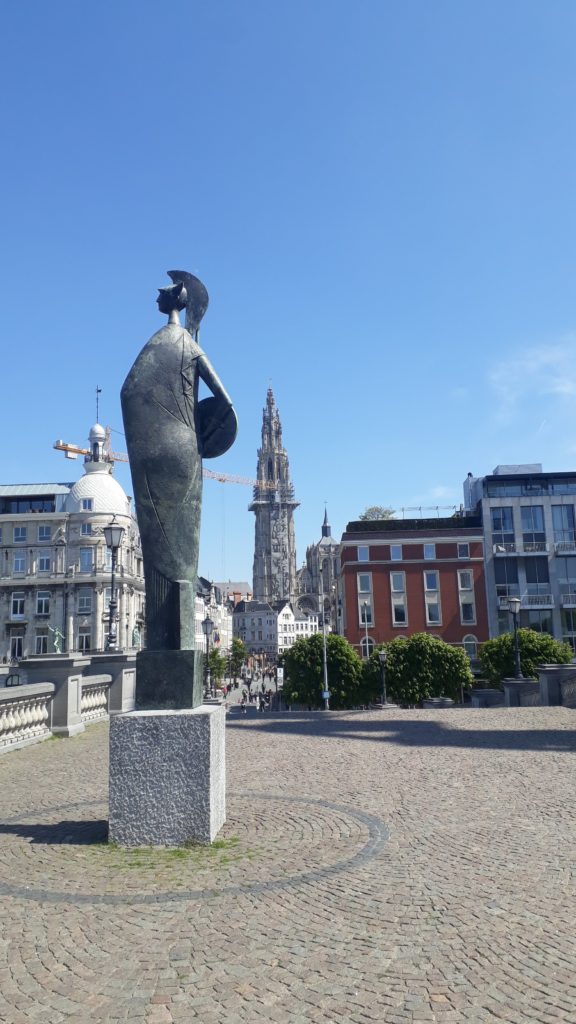
All blog post images @_MelEvans
In May 2019, I had the pleasure of visiting Prof. Dr. Peter Petre and his colleagues at the University of Antwerp. Prof Petre leads the European Research Council-funded project ‘Mind-bending Grammars‘, which investigates the cognitive and social dimensions of language change across the lifespan using the 90 million word corpus EMMA (Early Modern Multiloquent Authors). The project harnesses quantitative and computational techniques to test and develop linguistic theory surrounding the process of language change at the level of the individual.
Given my work on Behn’s authorial style using computational stylistic methods, the finding of which suggest evidence of linguistic developments over her career, there was a clear overlap with the MBG project. I was invited to discuss our approach to Behn’s style and the pervading questions of attribution with the project members, and they also shared their own insights and expertise in a very rich and productive meeting. My visit also included a guest leacture, in which I provided an overview of some of the most recent results of the attribution work to a mixture of students and staff at the university. This included our extensive work on Behn’s dramatic dubia, such as The Counterfeit Bridegroom, as well as some explorations into the socio-pragmatic properties (and their profiling potential) of dramatic interjections e.g. oh, ah and ha, to which the audience posed some very insightful and thought-provoking questions.
My talk also covered my early-stage editorial work on Behn’s correspondence sent from Antwerp in 1666, during her assignment as a royalist spy. On my wanderings around the old parts of the city, it was fun to try to envisage what Behn’s own experiences might have been, and what areas in the old town she may have made time to visit. Prof Petre and his team took me to the site of the inn, the Rosa Noble, which served as Behn’s accommodation during her mission, and for which she ended up in serious debt to her Antwerp landlord. Today it’s a main thoroughfare, but in Behn’s day it was a canal connecting the city to the vast Scheldt river.
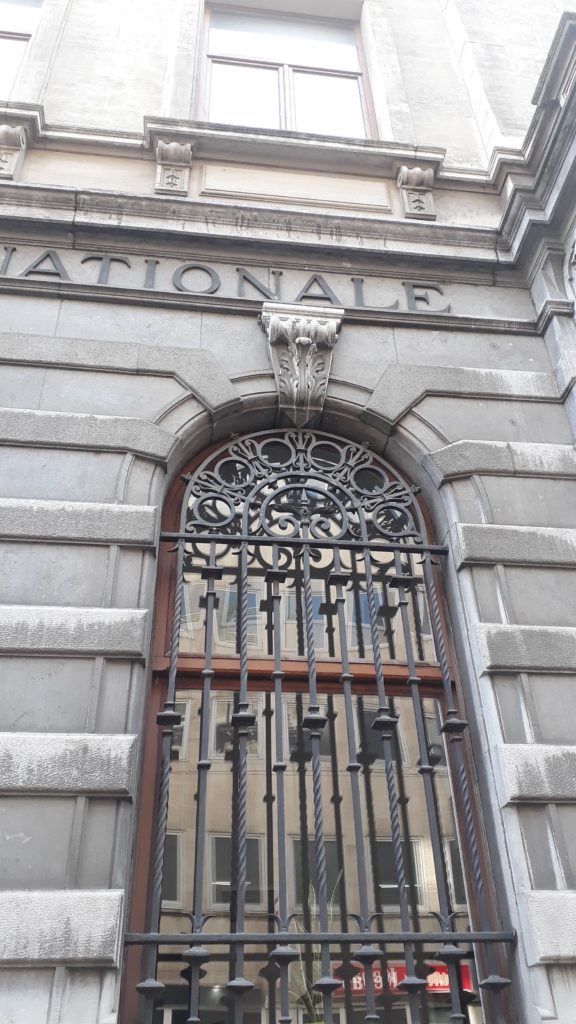
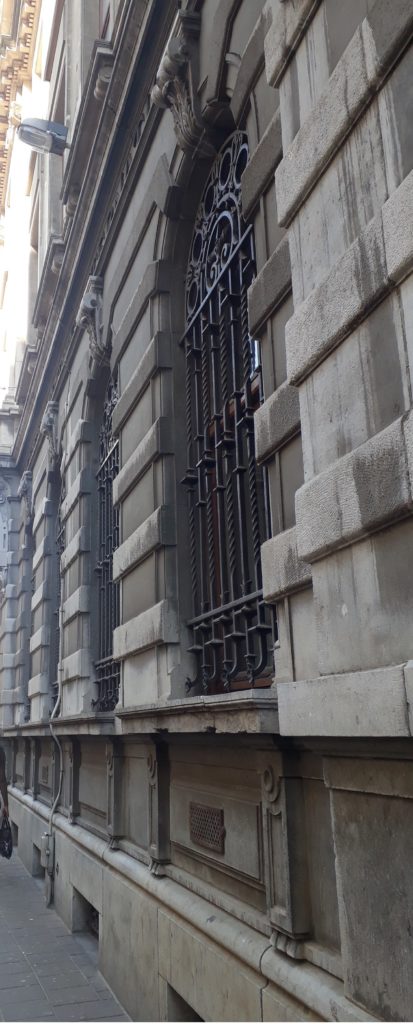
The site of Behn’s Antwerp accommodation (353 years later)
I also made sure to visit the Plantin-Moretus Printing House Museum (as recommended on Twitter). This incredible building, which is the site of one of the oldest and most successful printing businesses in western Europe, dates back to the sixteenth century. The route through the museum takes you around the various rooms of the printing business, including the print room, the correction room, and the front-of-house book shop. On a glorious spring day, this was a wonderful place to explore (including the internal courtyard garden), and I heartily recommend it should you have a spare hour or so, regardless of your bibliophilic qualities).
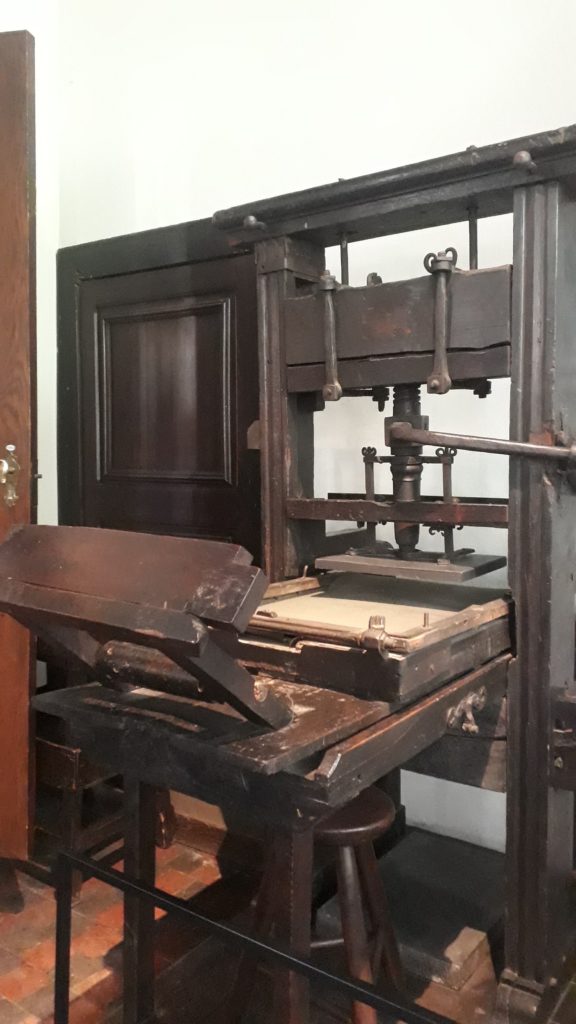
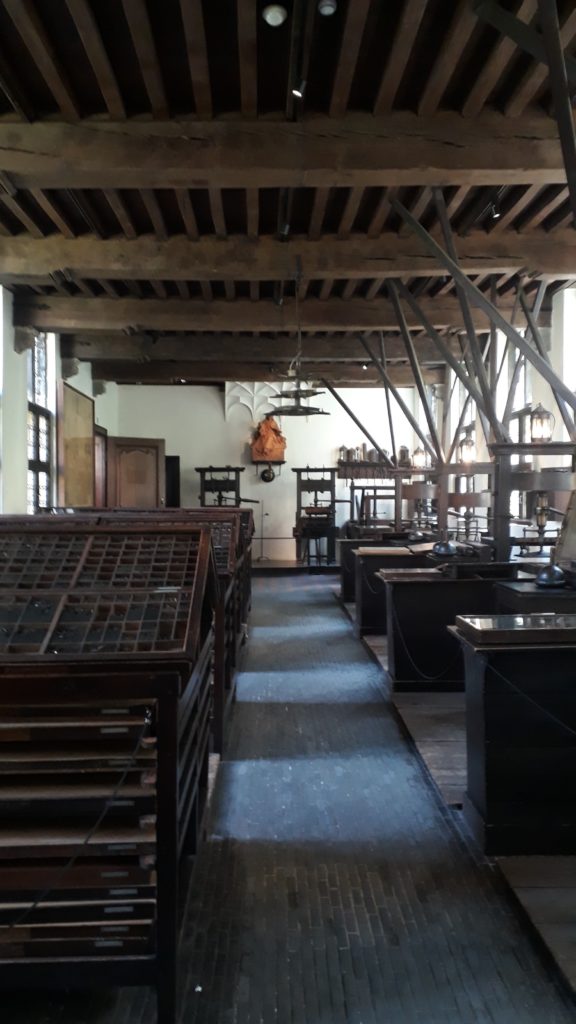
The Print Room
It seems fair to say that Behn’s time in Antwerp, given her extensive and repetitive complaints about her financial difficulties, was certainly not as enjoyable as mine. I hope to return just as soon as a suitable (Behn-related) excuse arises.
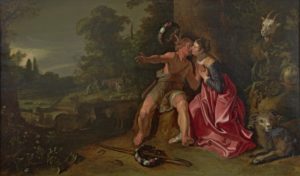
Recent Comments